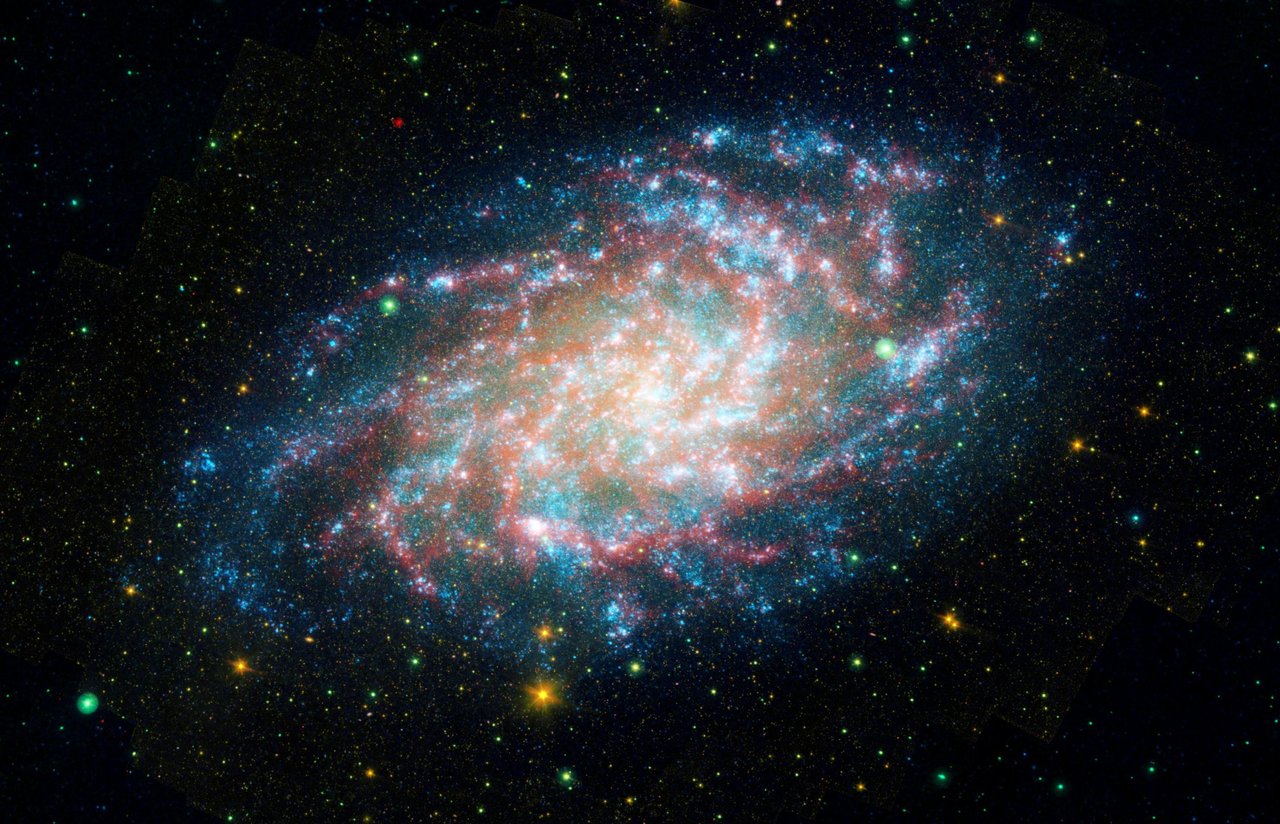LeoGlossary: Space
0 comments

The question "what is space?" can have multiple layers.
Space As Distance
When we talk about space as distance, it can refer to different scales depending on the context.
Here are a few examples:
- Everyday Distances: We might talk about "a space between the seats" on a bus, or "a small space" in a closet. These are very small distances, measured in centimeters or meters.
- Distances within our Solar System: The distance between the Earth and the Moon is about 384,400 kilometers, which we might call "space" in a broader sense. Distances between planets can be much larger, in the millions or even billions of kilometers.
- Cosmic Distances: When talking about distances between galaxies or star, we need even larger units. An astronomical unit (AU) is the average distance between Earth and the Sun, about 149.6 million kilometers. Light-years are used for even larger distances, as light travels at about 300,000 kilometers per second. The closest star to Earth, Proxima Centauri, is 4.24 light-years away.
So, depending on the scale of the distance, "space" can encompass everything from a small gap between objects to the vast expanse of the universe.
Here are some additional points to consider:
- Subjectivity: Perception of "space" as distance can also be subjective. A small distance between buildings might feel like a vast space to a young child, while a large gap between planets might feel insignificant to us compared to the cosmic scale.
- Relativity: Distances in space are often relative to our position and perspective. For example, the distance between two stars might be millions of light-years to us, but to an observer, it might appear much smaller.
Space as distance is a flexible term that can refer to various scales depending on the context and purpose.
Outside Earth
Space is the vast and almost infinite expanse that makes up the universe beyond Earth's atmosphere. It is a vast, seemingly endless, three-dimensional sphere that includes all of the planets, stars, and galaxies that we know of. Space is a hostile environment that is not suitable for human or life as we know it, with extreme temperatures, radiation, and vacuum conditions.
The exploration of space has led to numerous scientific and technological advancements, including the discovery of new planets, stars, and galaxies, and a greater understanding of the universe's origins and evolution. Space exploration has also inspired new technologies, such as satellite communications, navigation systems, and materials science.
There are several types of space, including:
- Outer space: This refers to the space outside of Earth's atmosphere, including the other planets, stars, and galaxies that make up the universe.
- Inner space: This refers to the space within Earth's atmosphere, including the air we breathe and the weather patterns that shape our climate.
- Deep space: This refers to the vast, distant regions of the universe, including the intergalactic medium, black holes, and dark matter.
- Near space: This refers to the region of space closest to Earth, including the Moon, asteroids, and comets.
The study of space is known as astronomy, and it encompasses a wide range of disciplines, including astrophysics, cosmology, planetary science, and astrometry. Astronomers use a variety of techniques, including observations, experiments, and simulations, to study the universe and gain a greater understanding of its nature and evolution.
Other References
From a physical perspective:
- Space is the expanse beyond celestial bodies and their atmospheres. It's not completely empty, but a near-perfect vacuum containing a very low density of particles, primarily a plasma of hydrogen and helium. Other components include electromagnetic radiation, magnetic fields, neutrinos, dust, and cosmic rays.
- Space isn't just a void; it has its own properties and behavior. It exhibits gravity, light bending, and expansion influenced by dark matter and dark energy, mysteries we're still unraveling.
From a cosmological perspective:
- Space is part of the universe, everything that exists, including matter, energy, and the space itself. It's not static; it constantly expands and evolves, driven by cosmic forces and events like the Big Bang.
- We can only observe a small fraction of the universe, what we call the observable universe, limited by the speed of light and our current technology. Beyond that, lies the vast unknown, a source of endless fascination and speculation.
From a practical perspective:
- Space is a frontier for exploration and scientific advancement. Through telescopes, probes, and human missions, we delve deeper into its mysteries, discovering new planets, galaxies, and the fundamental laws of physics.
- It's also a valuable resource, hosting satellites that enable communication, navigation, and Earth observation. Future endeavors like asteroid mining and potential space colonies hold further potential for resource utilization and human expansion.
- The space industry is receiving enormous investment as opportunities in space manufacturing, tourism, and transportation such as rockets accelerate. This is also fueling the growth of other industries such as robotics.
General:
Posted Using InLeo Alpha
Comments